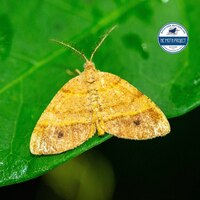
| Recorded by: Lior S. Carlson, Dean Furbish on 2025-08-12
Alamance Co.
Comment: | 
| Recorded by: Lior S. Carlson, Dean Furbish on 2025-08-12
Alamance Co.
Comment: |
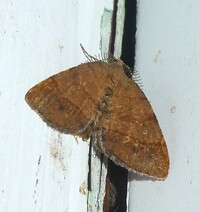
| Recorded by: Simpson Eason on 2024-08-19
Durham Co.
Comment: | 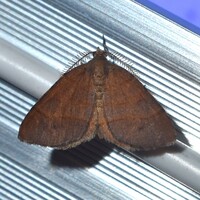
| Recorded by: David George, Stephen Dunn, Jeff Niznik, Patrick Coin on 2024-06-22
Chatham Co.
Comment: |
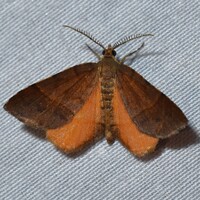
| Recorded by: David George, Stephen Dunn, Jeff Niznik on 2023-08-18
Caswell Co.
Comment: | 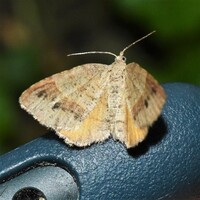
| Recorded by: Jeff Niznik on 2023-07-21
Orange Co.
Comment: |
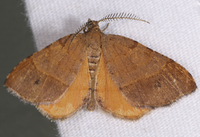
| Recorded by: John Petranka on 2023-07-04
Orange Co.
Comment: | 
| Recorded by: John Petranka, David George on 2023-06-30
Orange Co.
Comment: |
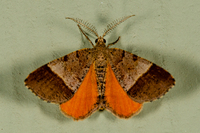
| Recorded by: David L. Heavner on 2021-04-07
Chatham Co.
Comment: | 
| Recorded by: Steve Hall on 2019-06-24
Orange Co.
Comment: |
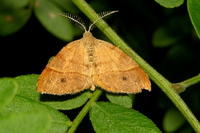
| Recorded by: Owen McConnell on 2018-06-16
Orange Co.
Comment: | 
| Recorded by: Lenny Lampel on 2017-08-17
Mecklenburg Co.
Comment: |
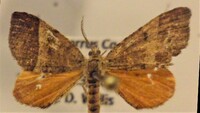
| Recorded by: Darryl Willis on 2017-04-13
Cabarrus Co.
Comment: | 
| Recorded by: Paul Scharf on 2015-06-13
Warren Co.
Comment: summer form |
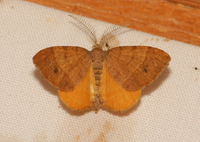
| Recorded by: Parker Backstrom on 2013-09-01
Chatham Co.
Comment: | 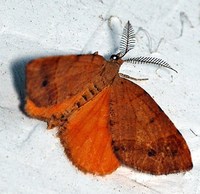
| Recorded by: Paul Scharf on 2011-06-07
Warren Co.
Comment: summer form |
|

 »
»



 »
»

